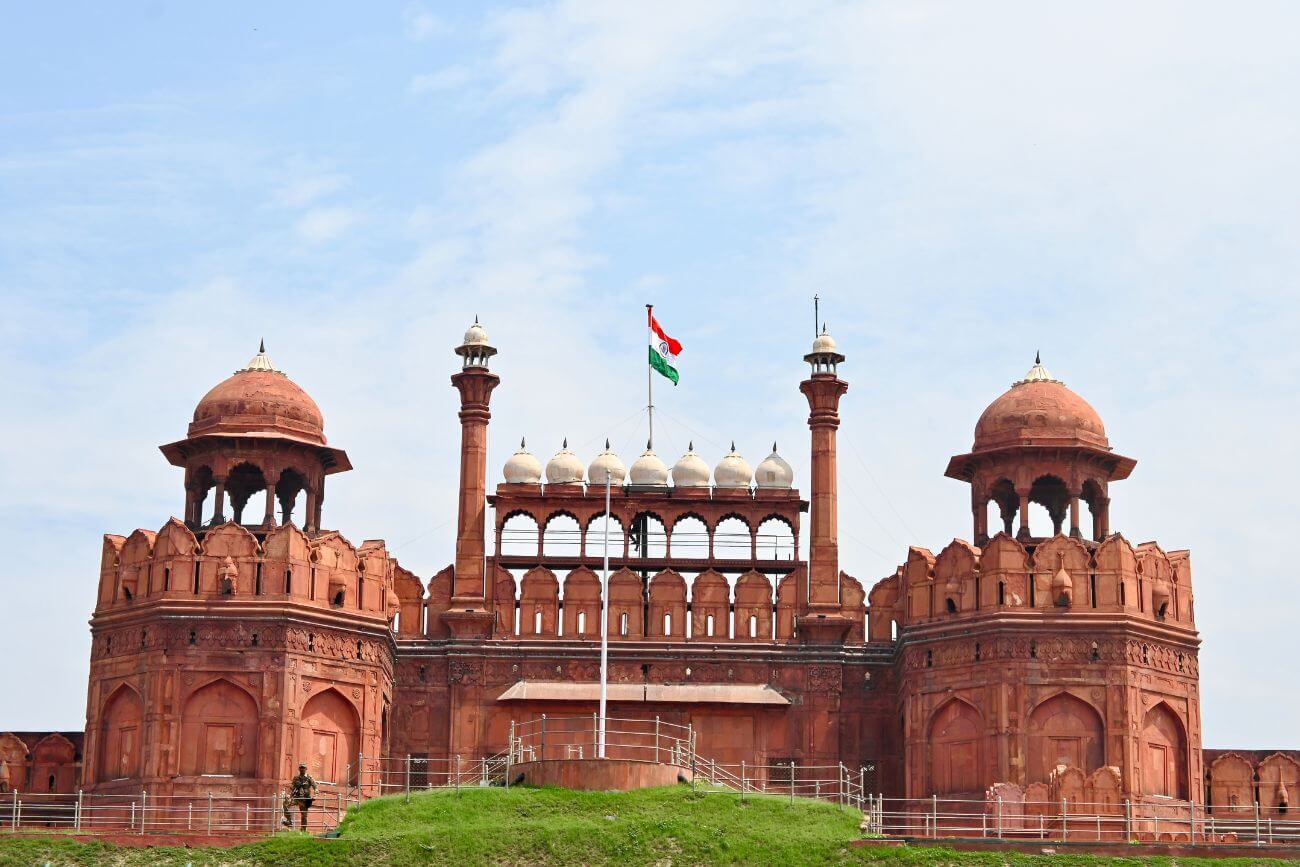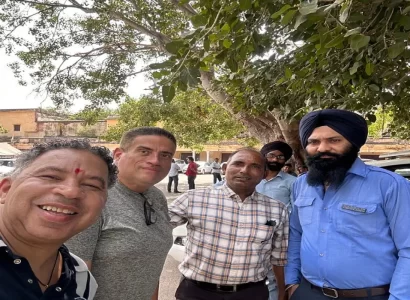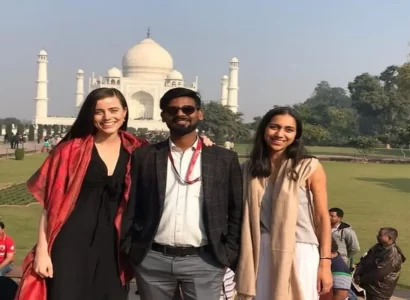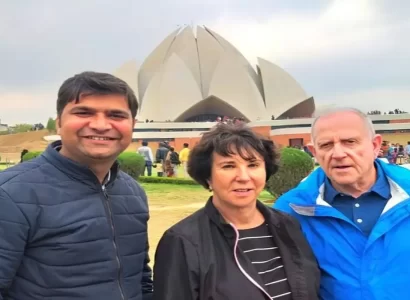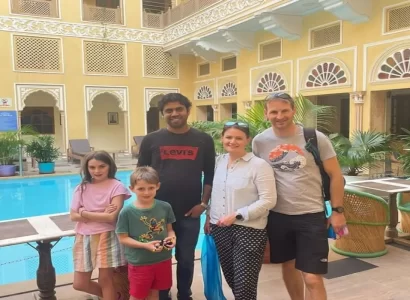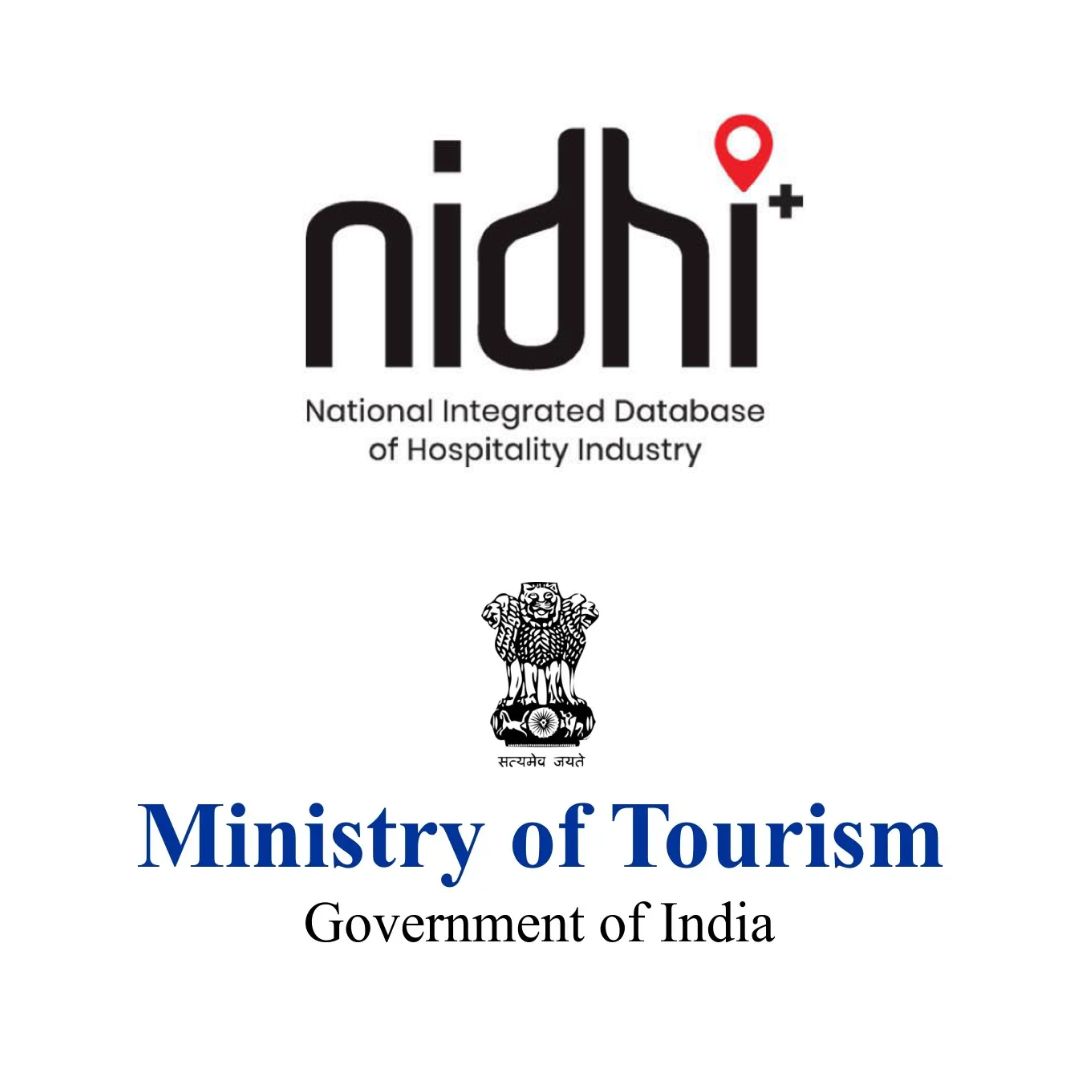Delhi as the capital of India is home to several places of cultural, historical, political and strategic importance. Visiting them is next to paying allegiance and tribute to our rich past. Undoubtedly Red Fort is one of them.
HISTORY
The Red Fort is a historic fort in the city of Delhi in India that served as the main residence of the Mughal Emperors. Emperor Shah Jahan commissioned the construction of the Red Fort on 12 May 1638, when he decided to shift his capital from Agra to Delhi.
Originally red and white, its painting is credited to architect Ustad Ahmad Lahori, who also constructed the Taj Mahal.
Etymology– The name Red Fort is a translation of the Hindustani Lāl Qila. Lal was derived from the Hindustani language meaning “Red” and Qalàh derived from a Persian word meaning “Fortress”. As the residence of the imperial family, the fort was originally known as the “Blessed Fort” (Qila-i-Mubārak). Agra Fort is also known as Lāl Qila.
Constructed in 1639 by the fifth Mughal Emperor Shah Jahan as the palace of his fortified capital Shahjahanabad, the Red Fort is named for its massive enclosing walls of red sandstone.
The fort was plundered of its artwork and jewels during Nadir Shah’s invasion of the Mughal Empire in 1747. Most of the fort’s precious marble structures were subsequently destroyed by the British following the Revolt of 1857. Shah Jahan’s successor, Aurangzeb, added the Pearl Mosque to the emperor’s private quarters.
On 15 August 1947, the first prime minister of India, Jawaharlal Nehru, raised the Indian national flag above the Lahori Gate. Every year on India’s Independence Day (15 August), the prime minister hoists the Indian tricolour flag at the fort’s main gate and delivers a nationally broadcast speech from its ramparts. It was designated a UNESCO World Heritage Site in 2007 as part of the Red Fort Complex. The Red Fort appears on the back of the ₹500 note of the Mahatma Gandhi New Series of the Indian rupee.
IMPORTANT STRUCTURES
Lahori Gate
The Lahori Gate is the main gate to the Red Fort, named for its orientation towards the city of Lahore. Every Indian Independence Day since 1947, the national flag is unfurled and the prime minister makes a speech from its ramparts.
Delhi Gate
The Delhi Gate is the southern public entrance and is similar in layout and appearance to the Lahori Gate. Two life-size stone elephants on either side of the gate face each other.
The Lahori and Delhi Gates were used by the public, and the Khizrabad Gate was for the emperor. The Lahori Gate is the main entrance, leading to a domed shopping area known as the Chatta Chowk (covered bazaar).
Chhatta Chowk
Adjacent to the Lahori Gate is the Chhatta Chowk (or Meena Bazaar), where silk, jewellery and other items for the imperial household were sold during the Mughal period. This market was earlier known as Bazaar-i-Musaqqaf (the market with saqaf, meaning roof), or Chatta-bazaar (a roofed market).
Naubat Khana
In the east wall of the court stands the now-isolated Naubat Khana (meaning “The Waiting Hall” in Persian, Naubat: and Khana: “House, Hall”) also known as Nakkar Khana), the drum house. Music was played daily, at scheduled times and everyone, except royalty, was required to dismount. Later Mughal kings Jahandar Shah (1712–13) and Farrukhsiyar (1713–19) are said to have been murdered here. The Indian War Memorial Museum is located on the second floor.
Diwan-i-Aam
On the far side is the Diwan-i-Aam, the Public Audience Hall. This was a place for the official affairs of commoners who sought after legal matters such as tax issues, and hereditary complications. In the back in the raised recess, the emperor gave his audience in the marble balcony (jharokha). The Diwan-i-Aam was also used for state functions. The courtyard (mardana) behind it leads to the imperial apartments.
Mumtaz Mahal
The two southernmost pavilions of the palace are zenanas (women’s quarters), consisting of the Mumtaz Mahal built for Arjumand Banu Begum (Mumtaz Mahal) chief consort of the Mughal emperor Shah Jahan and the larger Rang Mahal a resort for royal women. The Mumtaz Mahal houses the Red Fort Archaeological Museum.
Rang Mahal
The Rang Mahal housed the emperor’s wives and mistresses. Its name means “Palace of Colours” since it was brightly painted and decorated with a mosaic of mirrors. The central marble pool is fed by the Nahr-i-Bihisht (“River of Paradise”).
Khas Mahal
The Khas Mahal was the emperor’s apartment. It was cooled by the Nahr-i-Bihisht.
Diwan-i-Khas
This was a building for the official affairs and requests of the novelty and royal family. It is constructed of white marble, inlaid with precious stones. The once-silver ceiling has been restored in wood. François Bernier described seeing the jewelled Peacock Throne here during the 17th century. At either end of the hall, over the two outer arches, is an inscription by Persian poet Amir Khusrow:
“If heaven can be on the face of the earth,
Amir Khusrow
It is this, it is this, it is this.”
IMPORTANT INFORMATION
- Best time to visit: November to February
- Location: Netaji Subhash Marg
- Metro Station: Chandni Chowk
- Weekly holiday: Monday
- Entry fee: Rs. 10 (Indians), Rs. 250 (foreigners)
- Special events: Sound and light show, 6 pm onwards in Hindi and English at Rs. 80 for adults and Rs. 30 for children
- Tips for visiting – (1) Videography is permitted. You have to pay INR 25 per camcorder (2) The Red Fort remains closed on Sundays.
The entire fort complex is said to represent the architectural creativity and brilliance of Mughal architecture. With so much history and heritage associated with it, the Red Fort is one of the most popular monuments in India and a major tourist attraction in Delhi. It became a UNESCO World Heritage Site in 2007. The Archaeological Survey of India is at present responsible for the security and preservation of this magnificent monument. Therefore visiting this architectural wonder is a must!
